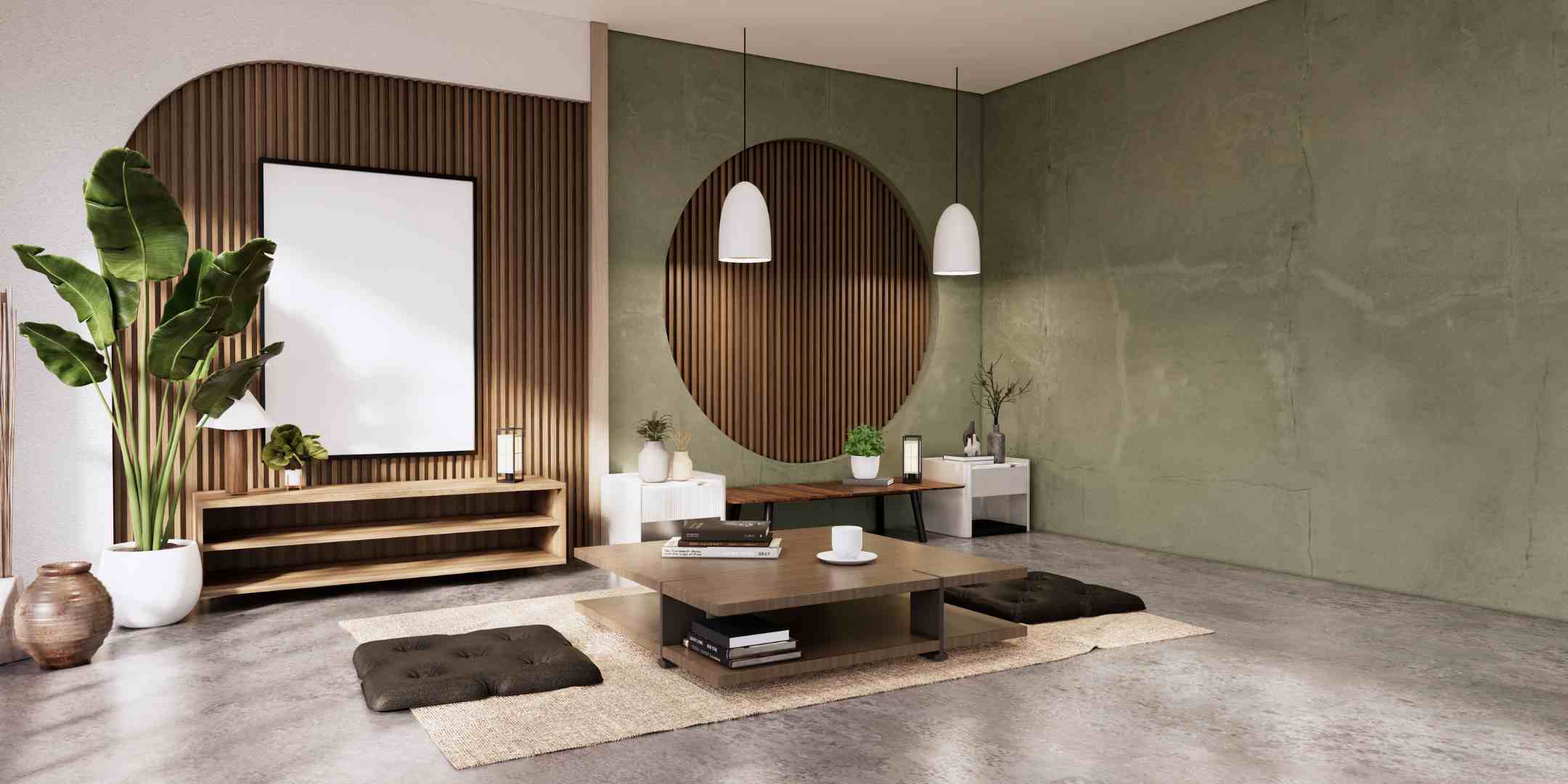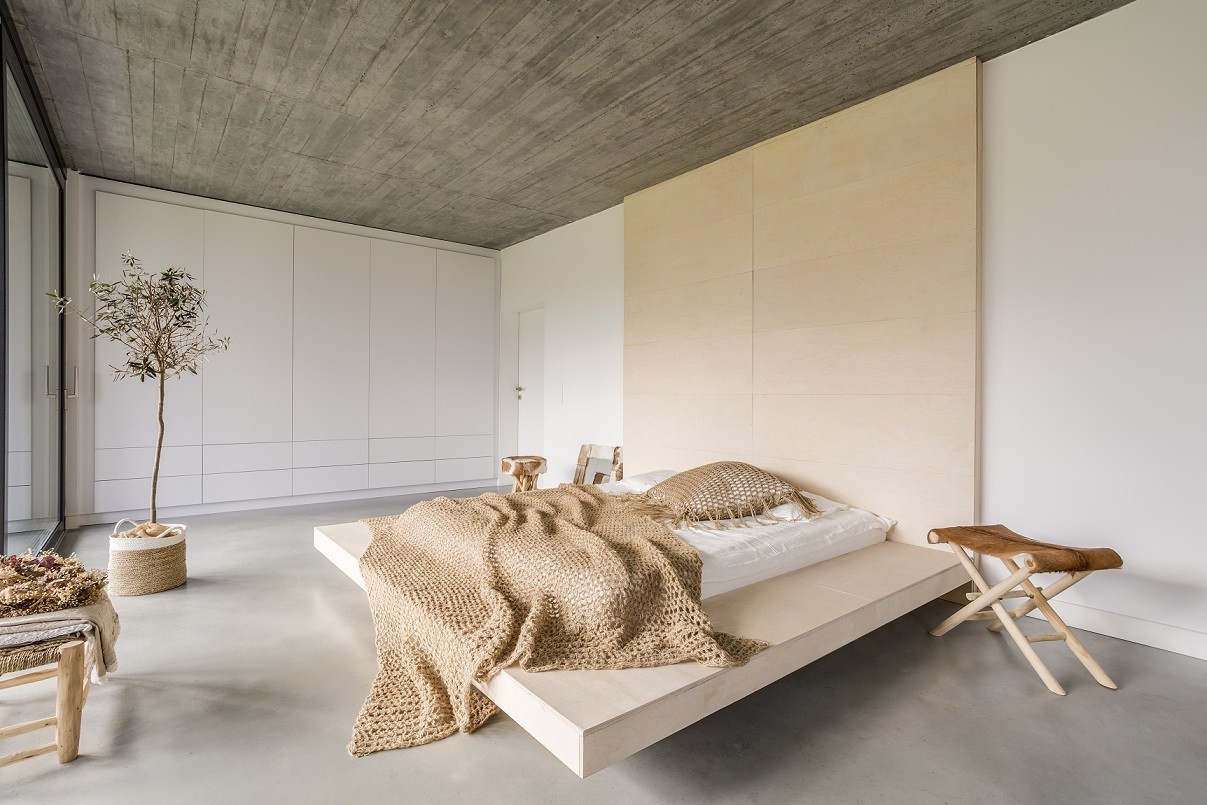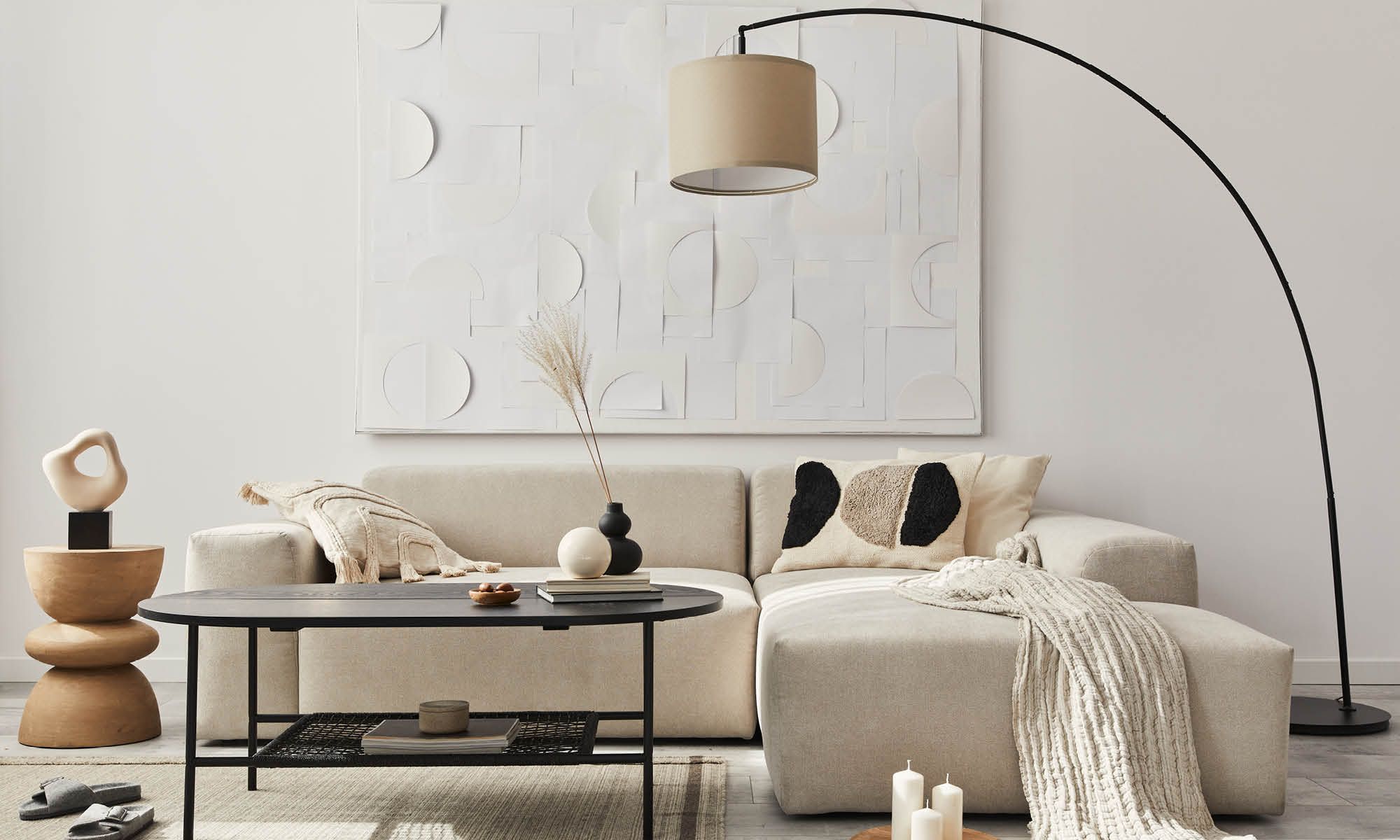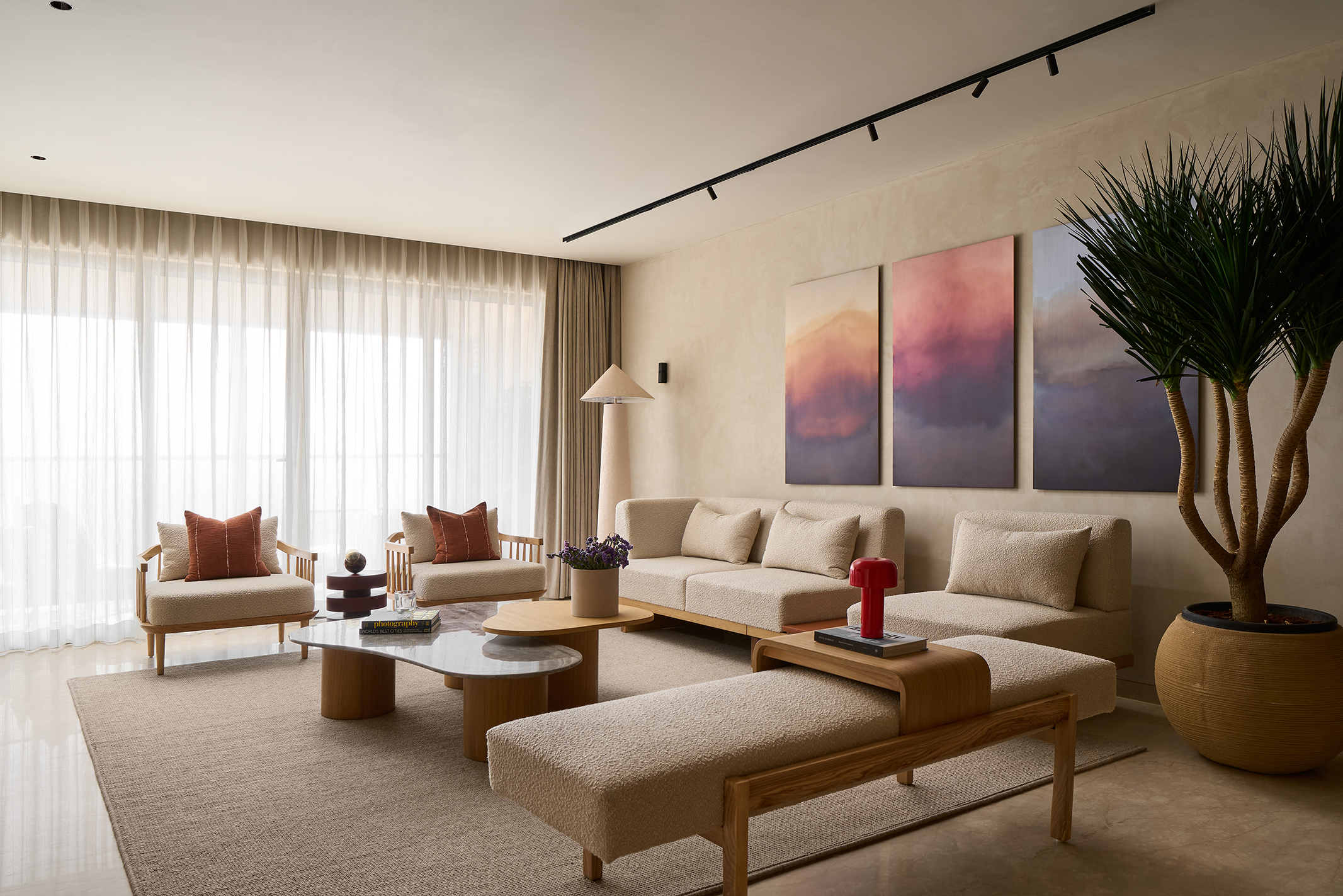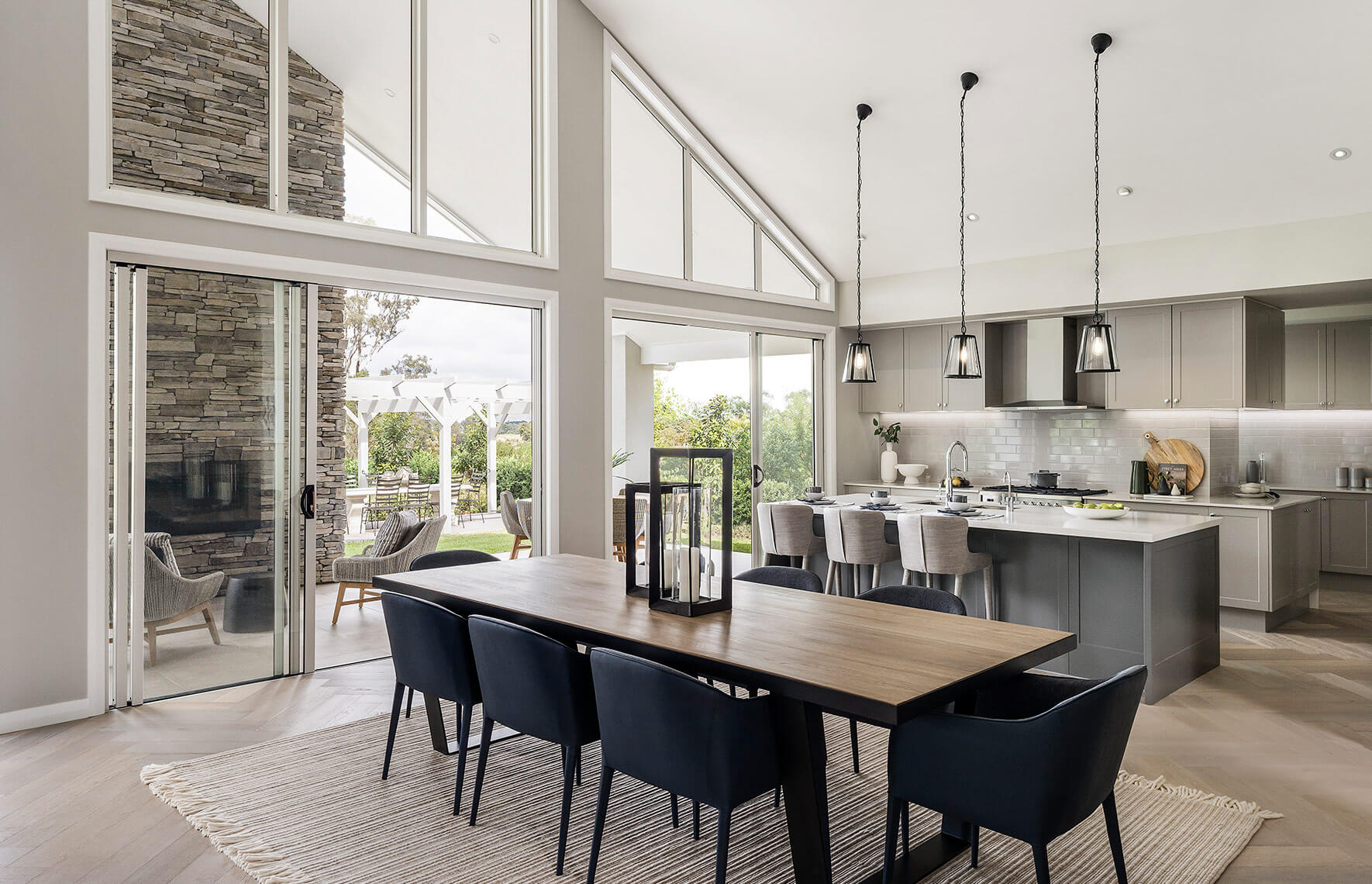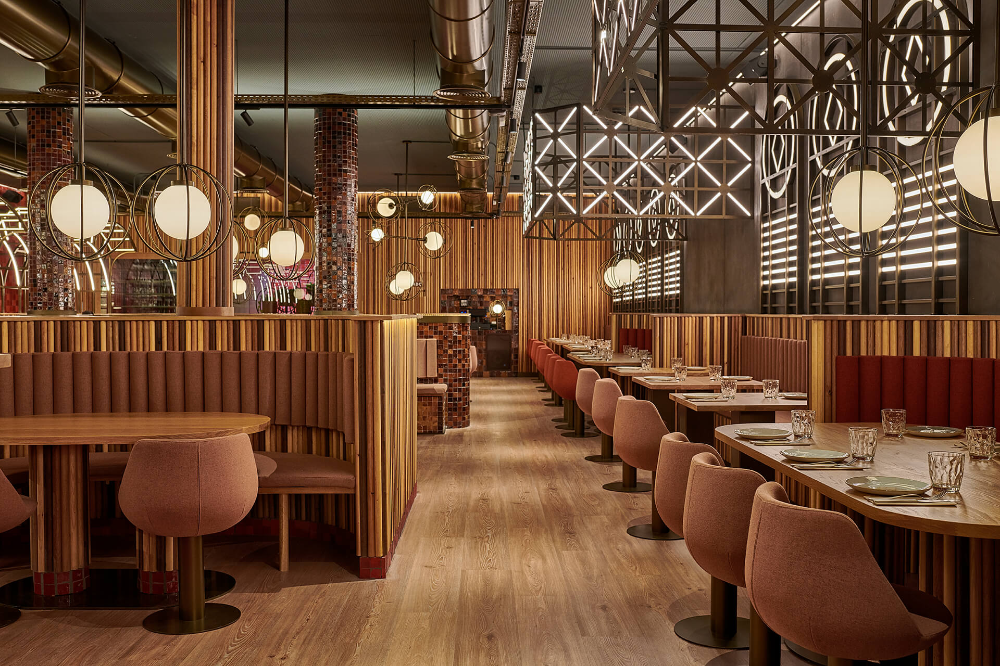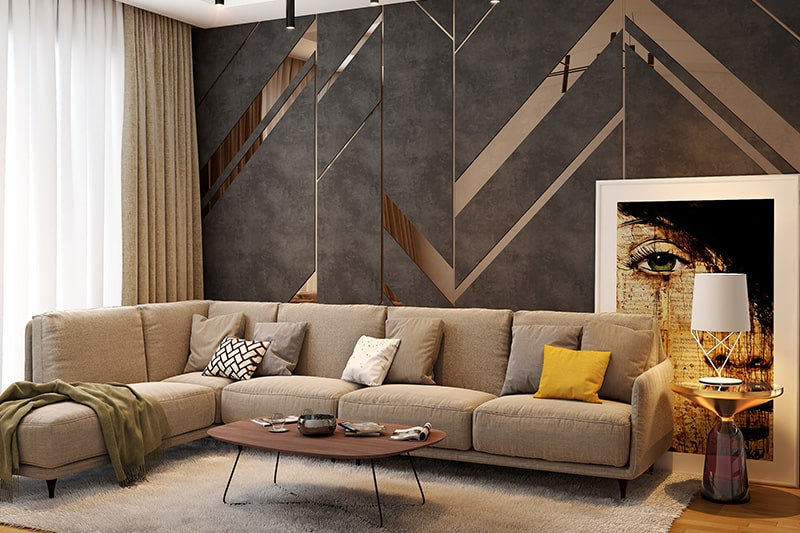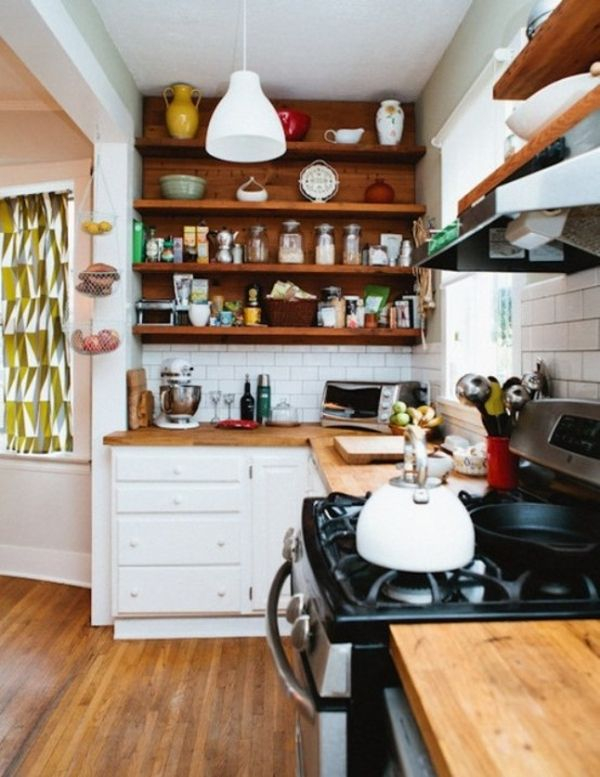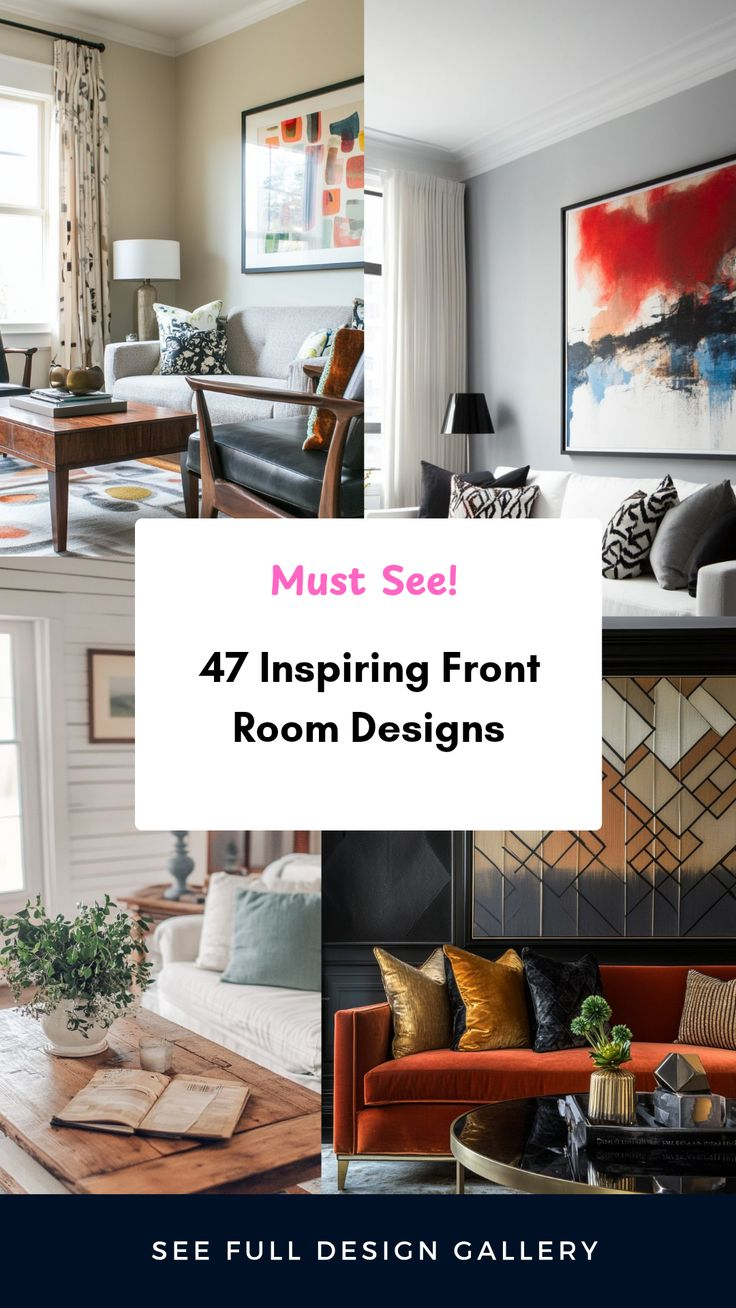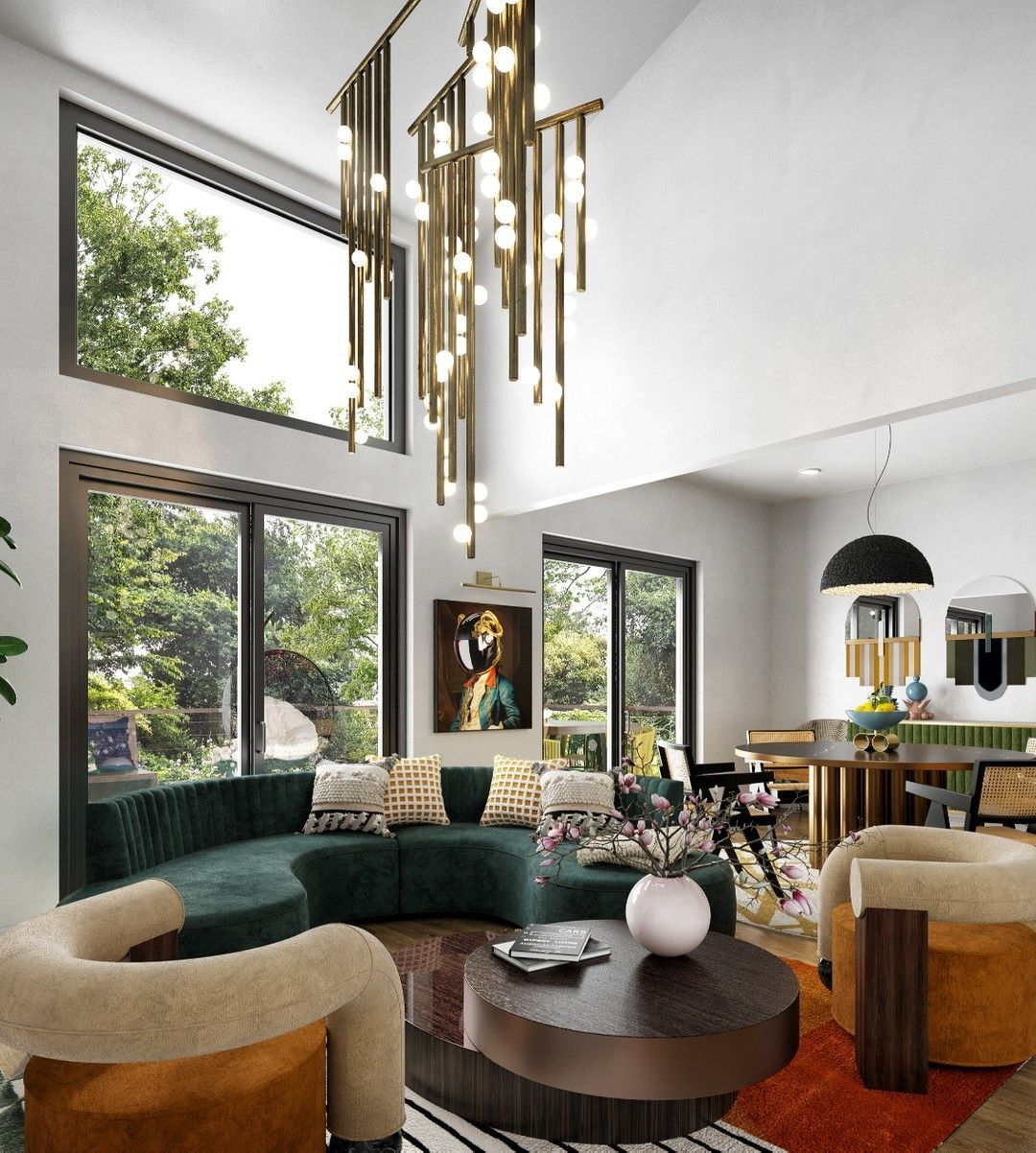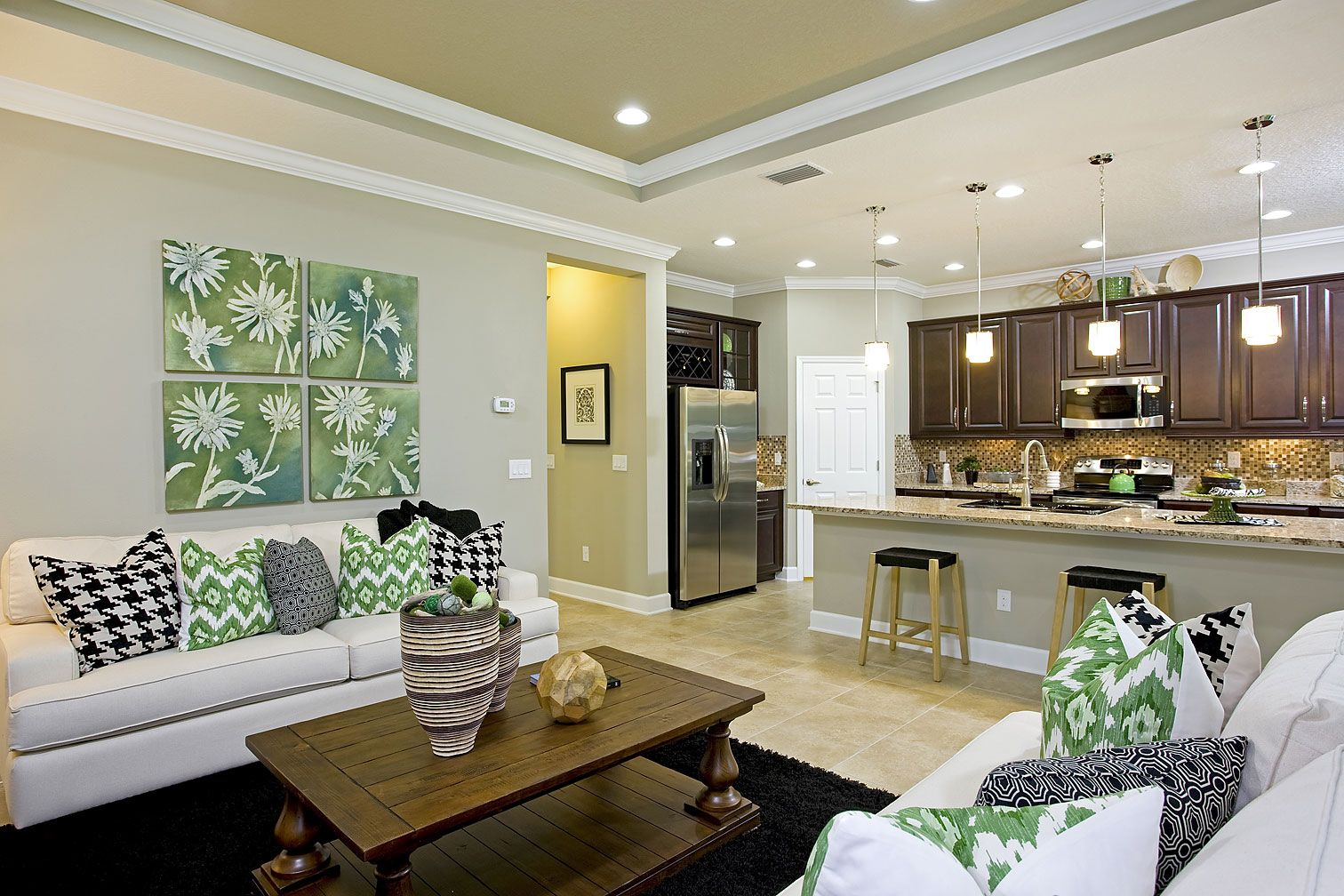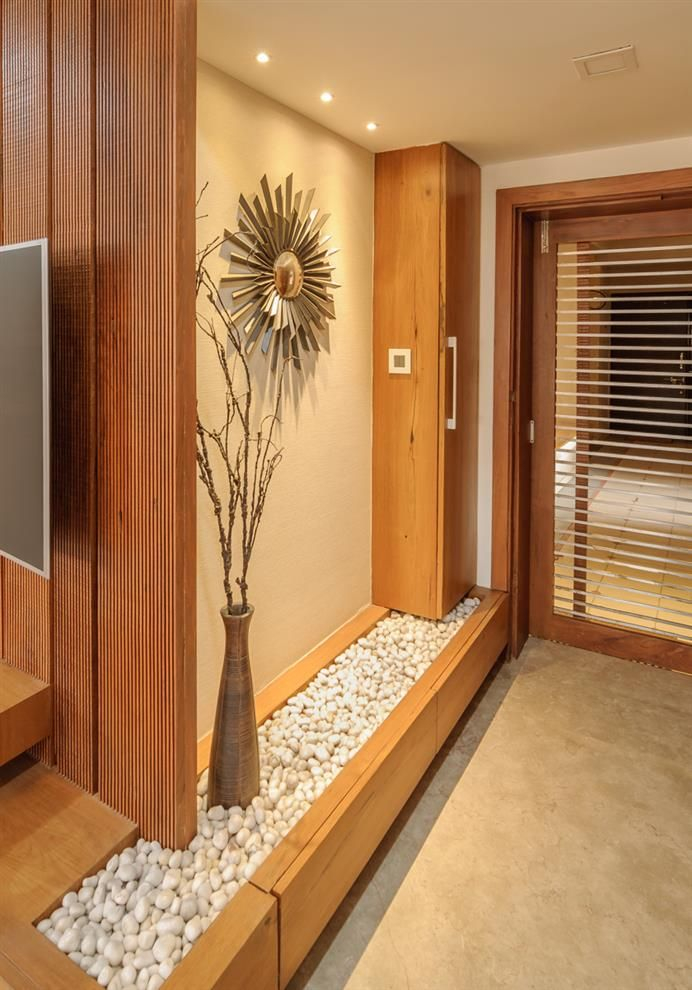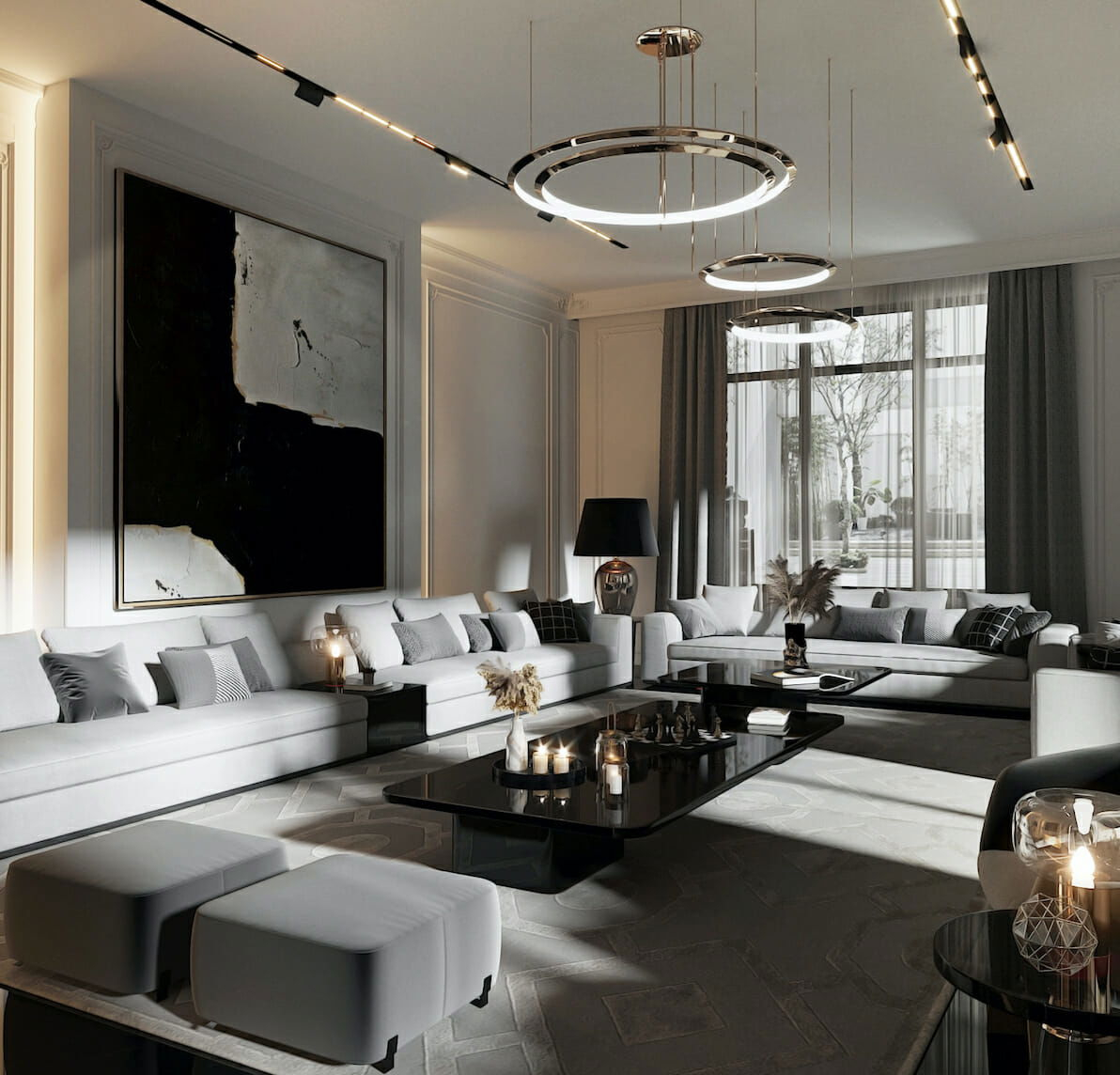Japandi Interior Design – A Trending Fusion of Style and Serenity
In 2025, Japandi interior design is more than just a buzzword—it’s a transformative approach to home living. Combining the warmth of Scandinavian design with the elegance and restraint of Japanese aesthetics, Japandi creates a peaceful, clutter-free environment. With a focus on natural materials, neutral tones, and mindful functionality, this hybrid style promotes harmony between beauty and purpose.
Whether you’re redesigning a small apartment or renovating a family home, Japandi interior design offers a timeless, calming solution that feels modern yet rooted in tradition.
What Is Japandi Interior Design?
The Fusion of Japanese and Scandinavian Aesthetics
Japandi is a portmanteau of Japanese and Scandinavian—two design philosophies that, while separated by geography, share a mutual appreciation for simplicity, craftsmanship, and natural materials.
Japanese design emphasizes:
Wabi-sabi (beauty in imperfection)
Organic textures
Space efficiency
Scandinavian design brings:
Hygge (cozy comfort)
Light-toned wood and clean lines
Practical functionality
The result? A harmonious blend that is serene, stylish, and supremely livable.
Why Japandi Interior Design Is Trending in 2025
Mindful Living Is the New Luxury
In an age of digital overwhelm, consumers are gravitating toward spaces that foster mental well-being. Japandi interiors emphasize tranquility through:
Minimalism without sterility
Warm, muted color palettes
Clutter-free organization
This aligns with the growing wellness-at-home movement, making Japandi interior design one of the top interior trends of 2025.
Sustainability and Slow Design
Both Japanese and Scandinavian cultures value longevity and sustainability. Japandi interiors favor:
FSC-certified wood
Artisan-made decor
Organic, locally sourced materials
As eco-consciousness becomes mainstream, Japandi design aligns perfectly with a “buy less, choose well” mentality.
Japandi Color Palettes for 2025
Color in Japandi design sets the tone for peace and balance. Key shades include:
Soft whites and creams
Earthy browns and taupes
Charcoal, slate, and matte black
Dusty greens and muted blues
Pro tip: Use darker Japanese tones for contrast against lighter Scandinavian hues to create depth and interest.
Core Elements of Japandi Interior Design
Minimalist Furniture
Japandi furniture is low-profile and grounded—think floor-level beds, minimalist sofas, and mid-century tables. Prioritize:
Clean lines
Natural wood tones
Multi-functional pieces
Look for sustainable options like bamboo, oak, and walnut with natural or matte finishes.
Natural Materials and Textures
In Japandi interiors, texture adds richness without clutter. Popular materials include:
Linen and cotton textiles
Rattan and cane accents
Clay and ceramic pottery
Raw wood beams and wall panels
Functionality Over Ornamentation
Every piece in a Japandi home serves a purpose. Avoid excessive decoration. Instead, use:
Built-in storage
Open shelving with curated items
Integrated lighting solutions
Explore minimal furniture collections at Muji for authentic Japanese-inspired functionality.
Japandi Interior Design Room-by-Room
Japandi Living Room
Focus on comfort, symmetry, and calm. Key features:
Low-slung sofas in neutral tones
Wooden coffee tables with tapered legs
Soft lighting from rice paper or linen lamps
Add greenery like a fiddle-leaf fig or bonsai tree for organic contrast.
Japandi Kitchen
The Japandi kitchen is streamlined and clutter-free. Use:
Open shelving with wood or black brackets
Ceramic dinnerware displayed minimally
Brass or matte black fixtures
Install soft-close cabinetry and hidden appliances for sleek functionality.
Japandi Bedroom
Create a sleep sanctuary with:
Tatami-style platform beds
Organic cotton bedding in white, beige, or sage
Paper lantern pendant lights
Consider a shoji-style sliding door for authentic flair.
Japandi Bathroom
Embrace a spa-like feel with:
Concrete or stone sinks
Freestanding wood tubs or bamboo mats
Neutral mosaic tiles and recessed lighting
Add eucalyptus bundles or charcoal soap for natural detailing.
Styling Tips for Japandi Interiors
Less Is More
Pare back your space to essentials. Avoid over-accessorizing. Choose one or two focal points per room—perhaps a large ceramic vase or a statement chair.
Embrace Negative Space
In Japandi design, empty space is intentional. Let your furniture breathe and your walls remain largely bare to enhance the sense of calm.
Mix Textures, Not Colors
Keep color palettes tight but introduce variety through materials—smooth stone, rough linen, or ribbed wood add depth without noise.
Best Japandi Decor Pieces to Shop in 2025
Modular Low Sofas from Article
Oak Dining Tables with tapered legs from West Elm
Shoji Screens from specialty Asian furniture retailers
Ceramic Tea Sets from Etsy artisans
Minimal Wall Art (black-and-white ink brush paintings)
Enhance your Japandi living room with a Scandi Armchair that complements the clean aesthetic.
Japandi vs Other Popular Design Styles
Japandi vs Scandinavian
While both favor minimalism, Japandi adds depth with darker woods and a more meditative tone. Scandinavian design leans lighter and cozier.
Japandi vs Minimalist
Japandi is more tactile and warm than strict minimalism. It incorporates natural imperfection and artisanal elements, avoiding clinical coldness.
Japandi vs Boho
Boho is maximalist and colorful; Japandi is muted and structured. However, they can be fused with care for a “Boho Japandi” twist—using neutral textiles with earthy, woven accents.
Common Mistakes to Avoid in Japandi Interior Design
Overloading the space with decor—undermines minimalism
Ignoring storage—clutter disrupts serenity
Choosing cheap synthetic materials—defeats the natural essence
Using harsh lighting—opt for diffused, warm lighting to maintain calm
How to Transition to Japandi Style
Declutter with Intention
Start with Marie Kondo-style tidying. Only keep items that are functional or bring you joy. Sell or donate the rest.
Swap One Room at a Time
You don’t need to overhaul your entire home overnight. Begin with your living room or bedroom. Invest in a few key pieces, like a wooden table or linen bedding.
Invest in Quality Over Quantity
Japandi is rooted in longevity. Choose artisan or ethically sourced items that will last decades, not just seasons.
Japandi for Small Spaces and Apartments
Japandi is perfect for urban living. Here’s how:
Low furniture gives a feeling of openness
Neutral tones expand visual space
Built-in and under-bed storage keeps the area tidy
Mirrors and glass panels reflect natural light
For small-space storage, explore our guide to the Cappuccino Dresser—a minimalist solution that pairs well with Japandi bedrooms.
Japandi and Biophilic Design
Biophilic design, which emphasizes a connection to nature, complements Japandi seamlessly. Consider:
Floor-to-ceiling windows
Indoor plants like bonsai, olive trees, or bamboo
Natural airflow through open layouts
This synergy promotes mental clarity and well-being, key priorities for 2025 homes.
Digital Detox with Japandi Spaces
Japandi interiors support a lifestyle that encourages unplugging. Design a digital detox nook:
A reading corner with a linen chair
Shoji screen separation
Soft lighting and no visible cords
The goal: a retreat from screens into mindfulness.
Future-Proofing Your Home with Japandi
Japandi isn’t a passing trend—it’s a timeless style rooted in centuries-old philosophies. In 2025 and beyond, its core principles of:
Simplicity
Sustainability
Sensory peace
…will continue to guide home design as technology, wellness, and environmental concerns evolve.
Conclusion: Japandi Interior Design as a Lifestyle
Japandi interior design is more than an aesthetic—it’s a reflection of mindful living. By blending Scandinavian functionality with Japanese tranquility, it offers a calm and stylish alternative to chaotic, fast-paced living. With natural materials, minimalist layouts, and soothing tones, it’s a design choice built for the long haul.
Whether you’re decorating a new home or simply seeking a lifestyle upgrade, Japandi design delivers serenity, style, and sustainability. Step into 2025 with a home that speaks peace in every detail.



